Media | Articles
Your perfect Mustang might not be the top trim. Here’s why

Performance per dollar, or top factory trim? It has been a running debate among car buyers for decades, renewed once more with the latest Mustang variant to reach the market—the Dark Horse.
That high-po model, like the Mach 1 and others before it, flaunts a heightened image and puts out the best performance numbers from the factory. However, the Dark Horse is also the most expensive Mustang currently available (and likely will be the most valuable when it becomes a classic). Another option is the GT with the Performance Package, a configuration that offers most of the Dark Horse’s performance for fewer dollars. There is logic to both approaches, and threads of both arguments can be made for different trims across every Mustang generation. And, because the Mustang has been available in so many different flavors over the years (140 submodels according to our database, with 43 of those in the price guide), we can use data to explore this heated comparison across the pony’s history.
From its introduction, the Mustang was available with a swath of engines, body styles, and submodels. As its competition caught up, yet more engines and submodels arrived, which brings us to the 1968 model year, the first of our subject data. In the Hagerty Price Guide, we maintain values for four different V-8s available in the Mustang that year, ranging from the 289 two-barrel with 195 hp to the 428 four-barrel Cobra Jet with 335 hp. For a coupe, the values of the different submodels reveal an interesting pattern for a given engine: If you don’t need the extra bits that come with a GT or a California Special, the high-performance engines in the base model are a great deal.
As the horsepower goes up, the better the deal gets for the base model. The difference between the condition #3 (Good) value of the base model and the GT with the 230-hp, 302-cubic-inch engine is about $12,700, or about 43 percent of the value of the base model. However, for the 325-hp, 390-cubic-inch engine, the difference between the base-model coupe and the GT is $25,400, or 82 percent of the value of the base model.
The pattern holds for the 1970 model-year engine options too. Looking at the SportRoof (fastback), the engine options are more clearly separated by trim level. However, a Boss 302 with 290 hp has a condition #3 value that is $28,700 (68 percent) more than a Mach 1 351-cubic-inch/four barrel with 300 hp. Further up on the performance hierarchy, however, we see that a Boss 429 with a 375-hp rating has a condition #3 value that is $116,200 (155 percent) more than a 428-cubic-inch Super Cobra Jet rated at 360 hp. Comparing across engines is not precisely apples to apples, as each has its own distinctive personality and power delivery, but pragmatic shoppers do have the opportunity to find a deal.
Fox-body Mustangs show how the performance bargain theme carries forward. For the 1993 model year, a 5.0 SVT Cobra with 230 hp has a condition #3 value that is $25,500 (172 percent) greater than a 5.0 LX hatchback (fastback) with 205 hp. Similarly, a 230 hp SVT Cobra R has a condition 3 value that is $54,600 (323 percent) more than the condition 3 value of the 205-hp 5.0 GT hatchback. It all comes down to whether you prefer a bit of history in the pinnacle of one of the Mustang’s most popular generations. Perhaps you enjoy the more subtle model, and plan to use the money you save to make up that horsepower differential.
Which brings us full circle. Mustangs are enduring classics because there’s something for everyone—enthusiasts can find a model that meets their objectives whether they want a top-tier collector pony car, something they can modify to the moon, or simply a V-8 cruiser for around town. Part of the fun is finding that blend of personality and performance that suits your budget and goals. Which path is best? That’s for you to decide.
***
Marketplace
Buy and sell classics with confidence
Check out the Hagerty Media homepage so you don’t miss a single story, or better yet, bookmark it. To get our best stories delivered right to your inbox, subscribe to our newsletters.
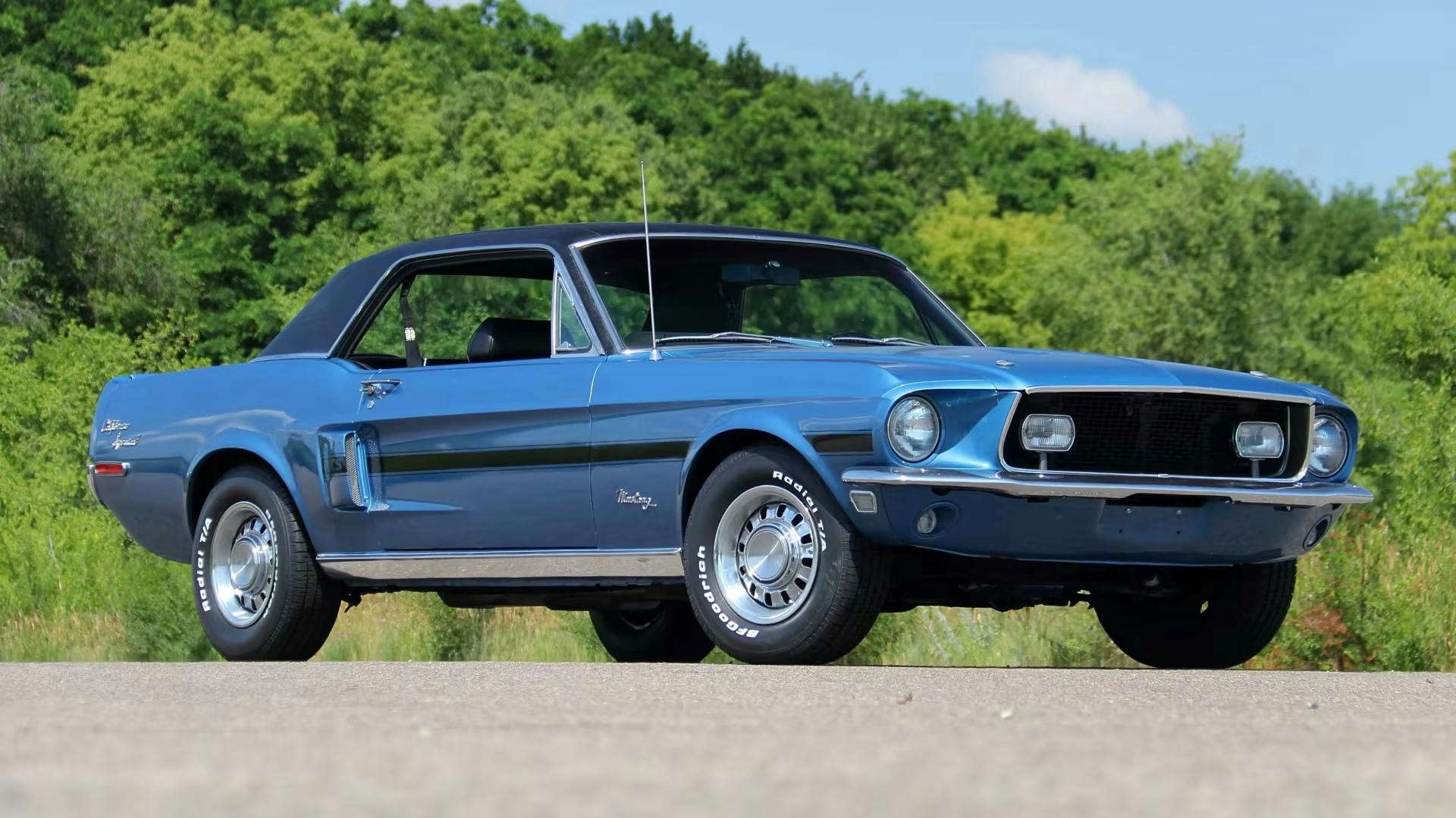
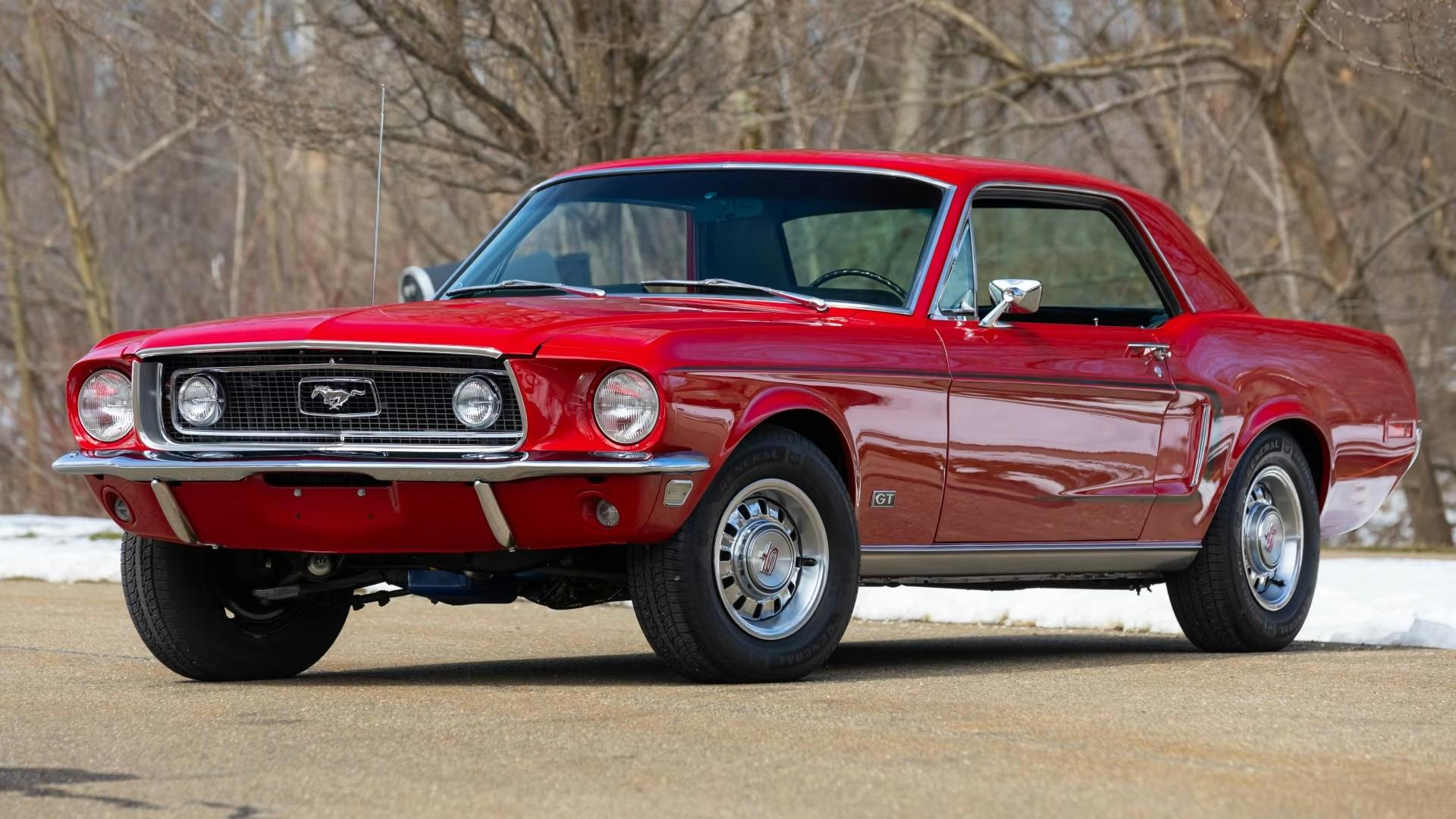
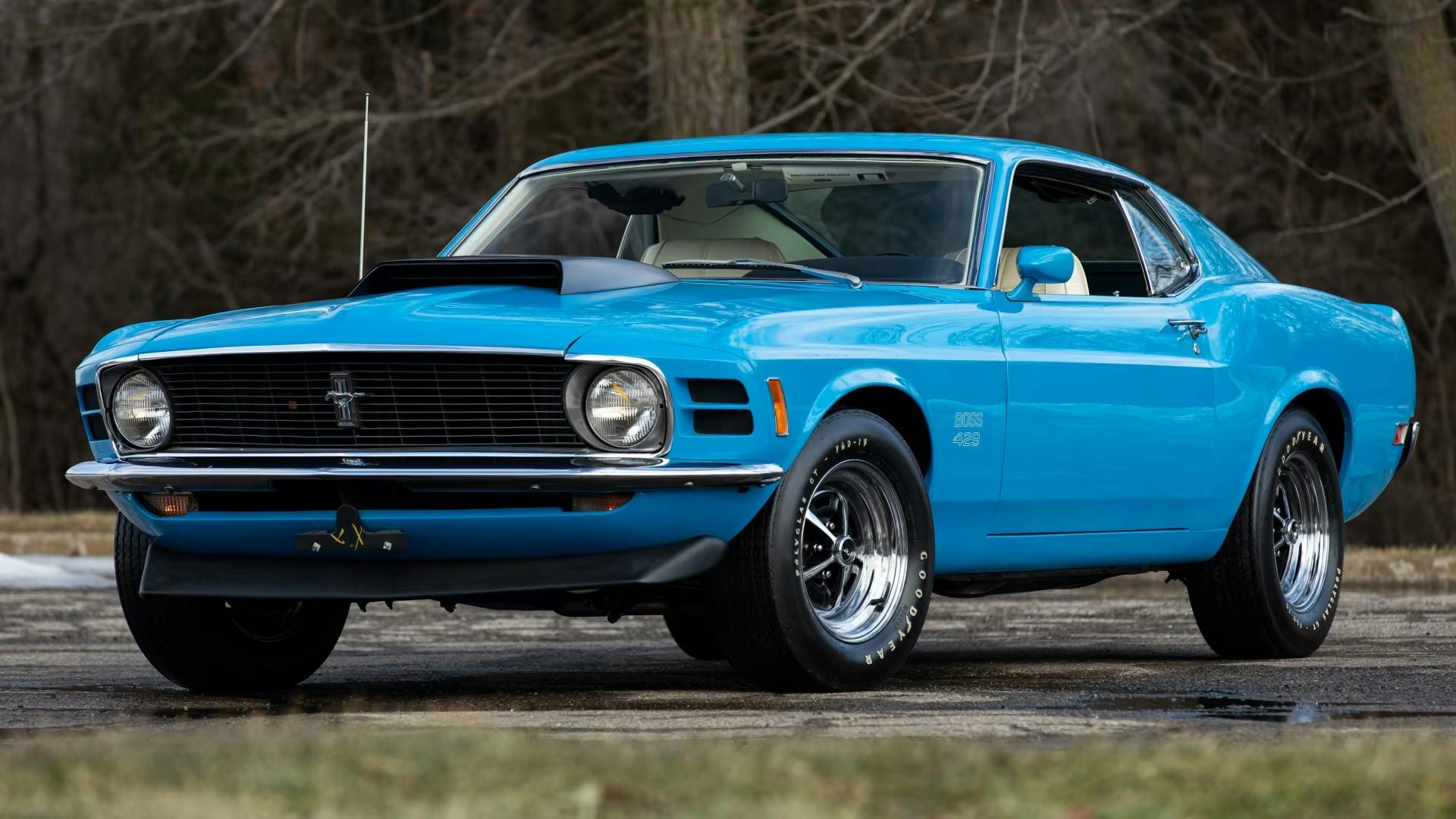


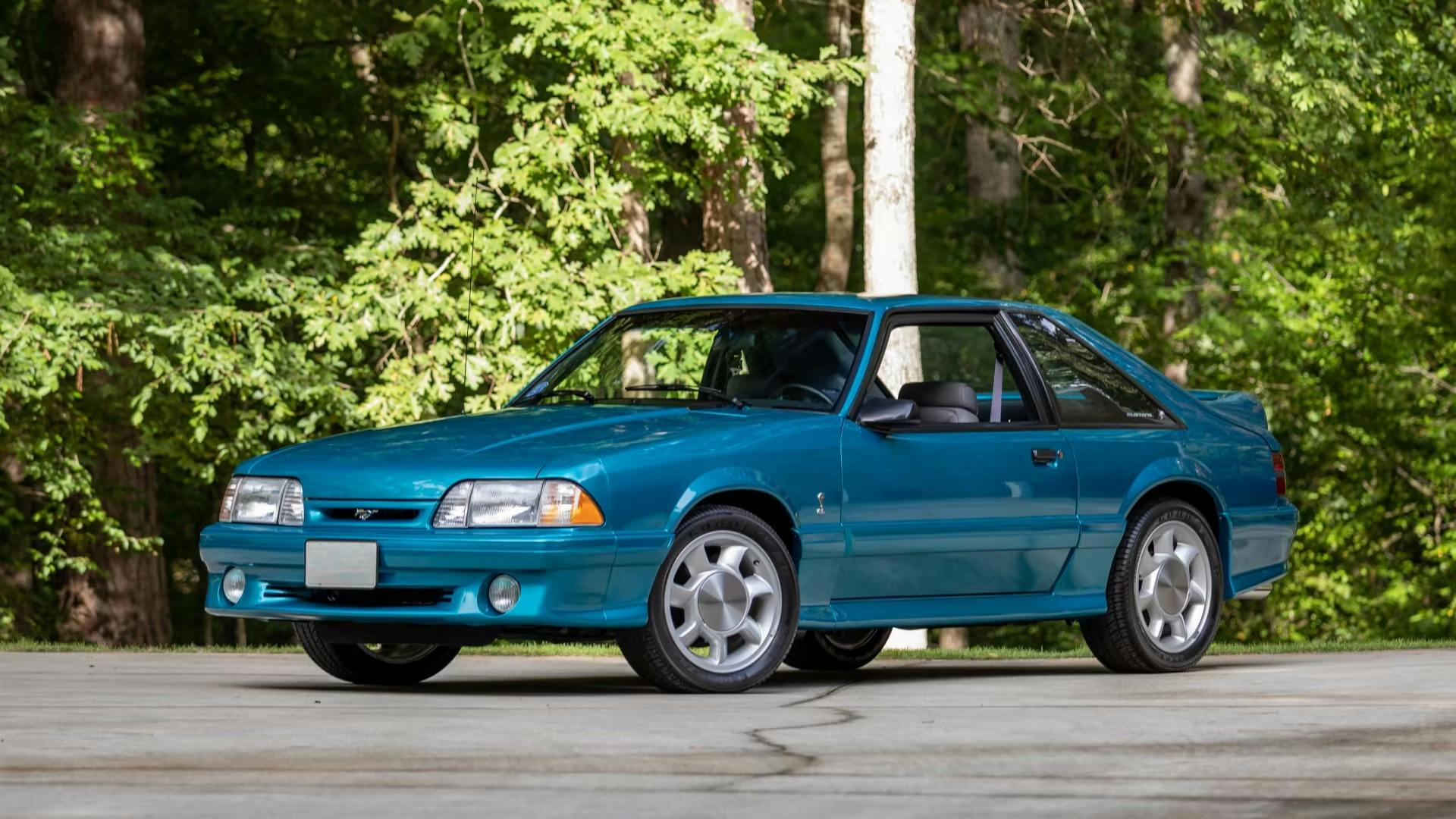
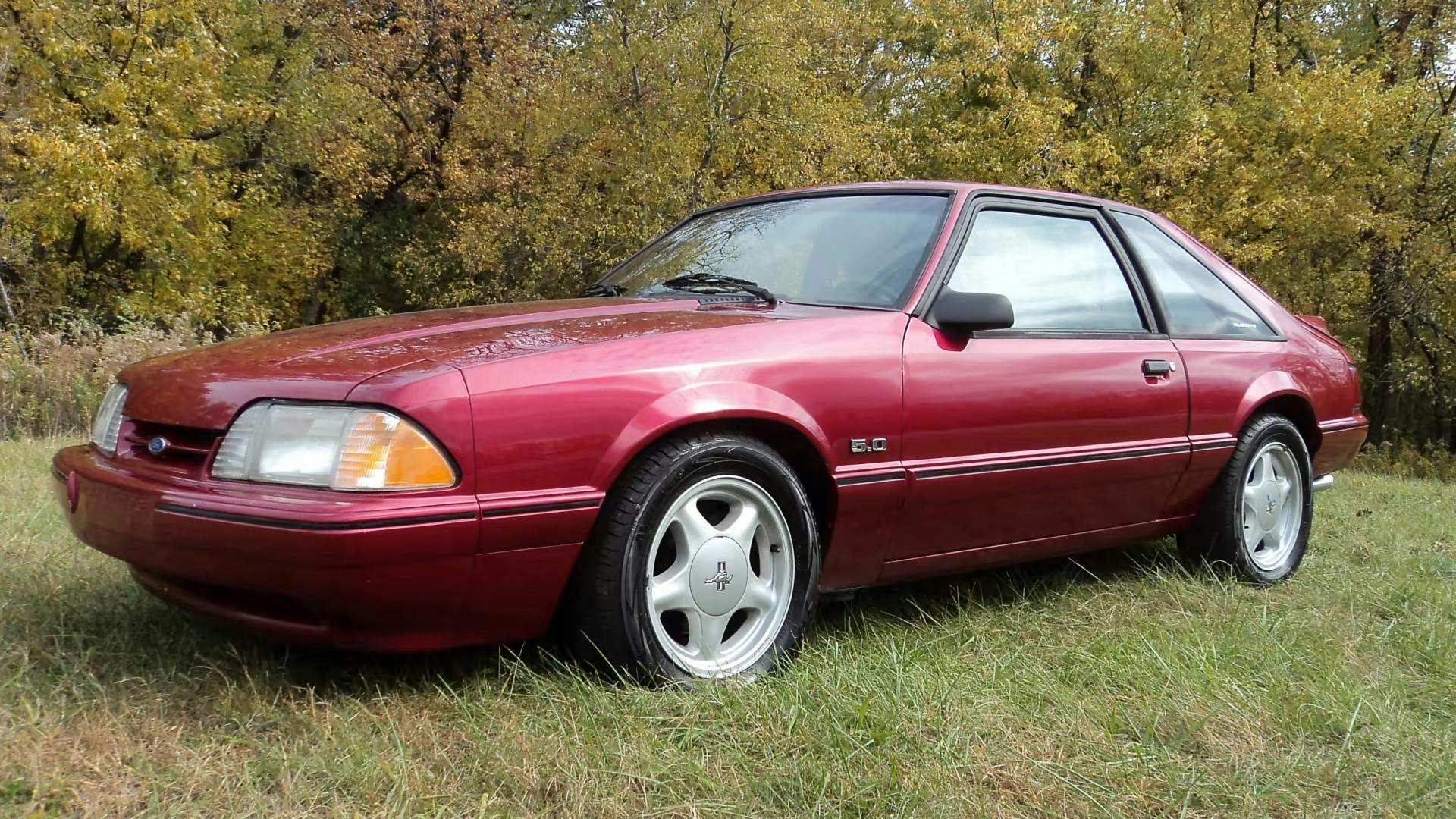










I love my 2002 GT. Its probably worth less than the tires it has on, but at least I can put as many miles on it as I want!
Yep, my V6 Pony optioned 2007 Mustang Convertible , gives me many smile per mile , great gas mileage the duals sound good cruising thru town …………and the damn thing will do 93-94 mph thru the quarter mile ……what more do I need.
What do you guys have against the base 6 cylinder? Now and then we see them at shows and many of us love the simplicity and utilitarian nature. Just a beautiful little daily driver! Just takes a little longer to go 0-60….
Any V8; ANY. It’s tough for a guy to be okay with a 6…
Yeah, today’s powerful V6 (and turbo-L6) engines are a lot different than the generally-wheezing 6’s of yesterday. And yes, I am old enough to have ridden in many, and driven a few.
Agree BUT if the car is to be used for mostly or exclusively local driving, you didn’t need an 8cyl in the ’60s, ’70s and today. We had a 6 cyl. Dodge Dart 1965 plenty of pep and sold it at 253k. We had a 6 cyl AMC Hornet. More than sufficient for local driving.
I had an 8 cyl, 1973 Hornet X hatchback and pulled an RV with it. BIG difference on the Interstates and highways but around suburbia my dad’s 6cyl was as good as my 8. I am talking 6 cyl engines made in the 60s and 70s. My 4 cylinder Accord is far more powerful than any standard 6 made 50+ years ago.
Prefer base too. Too many fakes out there that started out as base and got V8 swaps and emblems to jack the price. Don’t need to go fast
What I have against the Ford in-line sixes (at least the ones from the ’60s and ’70s) is that the intake manifold is right above the exhaust manifold. Any kind of leak drips gas right onto a hot manifold. I’ve owned several and none of mine ever caught fire, but the smell of gasoline vapor always made me nervous.
Not a thing wrong with the 200. Thinking about getting another.
It is more about the sound they make. I’ll listen to and take a V-8 with the “right” mufflers any day over a 6 banger. One exception is for a air cooled flat 6.
Have you ever heard a 200 6 with a split header, dual exhausts, a nice cam and the triple carb Offenhauser intake? You’d change your tune really quickly. It is glorious and properly set up will take out the stock V8s of the era.
Your Fox hp ratings are contrary to all other numbers I read since they were built.
The data presented here is only for 1993 Mustangs, and yes, the GT and LX 5.0s of that year were rated at 205 hp, as to not embarrass the Cobra.
I’ve owned seven mustangs over the years and still have four of them. I even had the dreaded Mustang II. That one was the special Ghia model with the 302 and all of the comforts and options available on the Mustang at the time. Interesting part was that up to the last 100 ft of a quarter mile run it was faster than the 1978 Z28 that my mother owned. I have owned most iterations, from a 65 coup to a Shelby GT500. I still like them, but the price is getting out of hand for the new ones. And with the Mach E holding the Mustang nameplate, I’m disappointed in Ford.
Do you have one with the Eco Boost? If so, how is it as a daily suburban driver? Very curious.
Yes, unless I was collecting to invest/resell, I’d get a base-model engine with a better interior and body. A GT does not have that much different equipment than a standard model- you can buy some sway bars and such and be even better than stock. If the engine is worn then the sky is the limit if you replace it. Even modified, we have to face the fact that a newer economy car likely is faster and corners better than the best older mustang (but I do like the brutal torque of the big engines).
Thank you Roush, Shelby & Saleen for making the otherwise boring GT come alive!
ON a 60’s Mustang I might take the 6 but otherwise I want a V8.
Fun per dollar = modified lower trim
Fun + value down the road = higher trim (old or modern Boss 302, Mach1 or Shelbys)
Modified 1960s Mustang Coupe with 4 speed, limited slip differential, stroker engine, and looks mostly stock would be high on the fun list!
I am original owner of a 1984 20th Anniversary Hatchback, 5.0, 5 speed that only had 175 horsepower from the factory. However, like anything if you choose wisely and match the right parts that number is irrelevant. I was able to get mine in the 12’s and remained as docile as it was from the factory. I will never get rid of it and it still has original engine with over 200,000 miles.
Fox V8 anything.
I would agree on the fox body cars with the GT vs LX. Had a ’85 GT, 86 GT convertible and ’89 LX. Not sure I would a agree on the early cars. Had a ’67 coupe with the nice console and 289 2bbl, drum brakes and manual steering. I think it had e-78-14’s stock. Didn’t handle and didn’t stop well in stock form (this was in 1974). A new set of wheels, radial T/A’s and a conversion to power drum brakes really helped. My girlfriends(now wife) car at the same time was a ’67 Mustang GTA fastback with power steering, power disc brakes and 4bbl. It also came with e-78-14’s stock and the handling and braking sucked.
You omitted in my opinion, the best price to performance gen 1 Mustang which is the 390 FE V8, especially in the 1969. Much greater performance than the Widsor 351, not much less performance than the 428 CobraJet, but far less costly than the CobraJet.
Great!!!
Interesting article for sure.
As for the fox body 1987- 1993 I’m curious as to what the notchback values would be, given that they were quicker and now, harder to find??